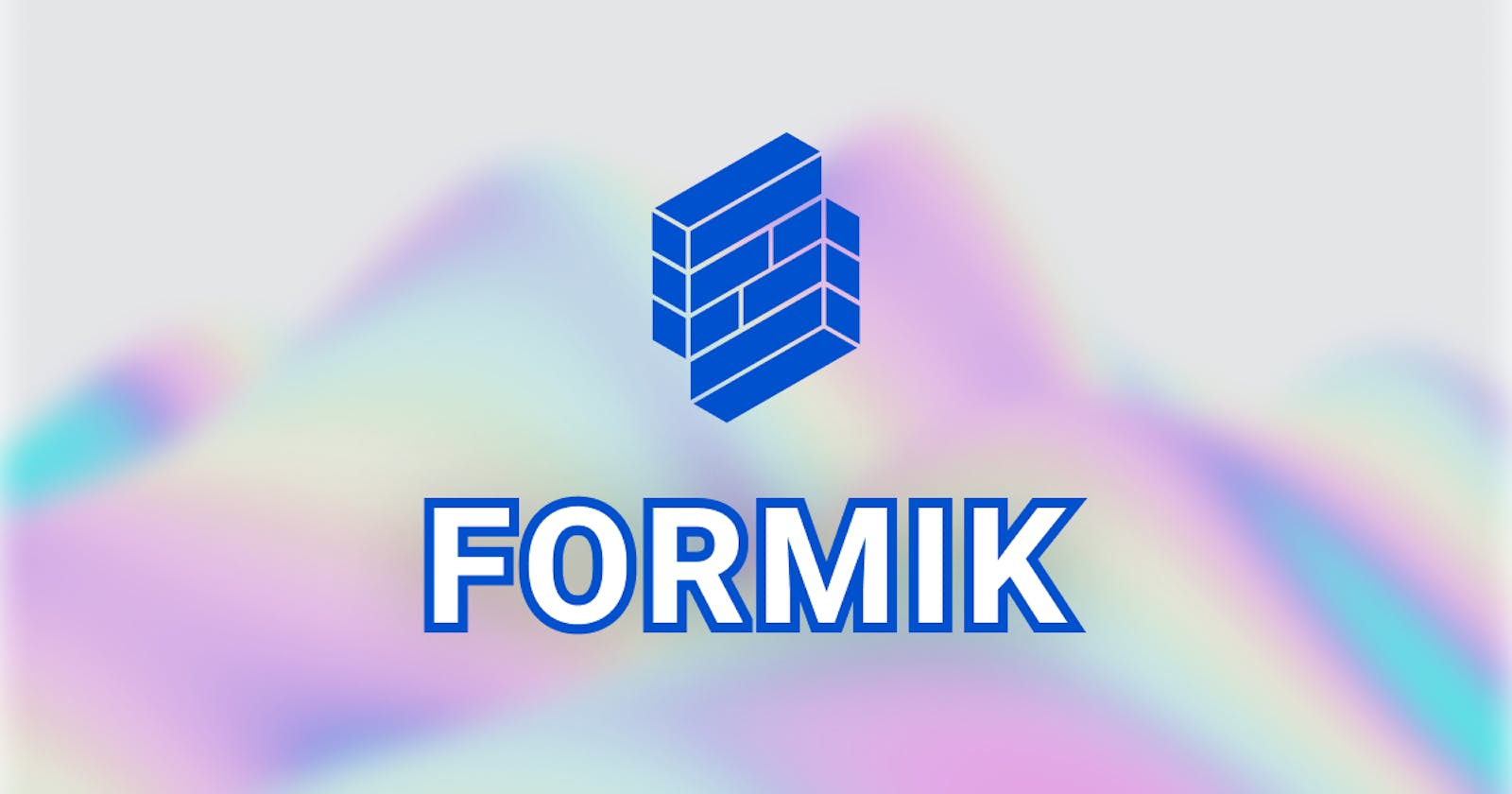Form Validation with Formik & Yup: A Tutorial for React/Next.js Developers
The best form management combo for the web.
Form handling and validation are common tasks in web development, and they can become quite complex as your application grows. React provides a flexible way to manage forms, but to simplify the process and streamline validation, you can use a library called Formik. In this tutorial, we'll walk you through using Formik for form handling and validation in a React/Next.js application.
Prerequisites
Before we begin, make sure you have the following prerequisites in place:
Basic knowledge of React and Next.js.
Node.js and npm (Node Package Manager) are installed on your machine.
A Next.js project set up (you can create one using
npx create-next-app).
Step 1: Installing Formik and Yup
To get started, open your terminal and navigate to your React/Next.js project directory. Use npm to install Formik and Yup (a library for schema-based validation):
npm install formik yup
Step 2: Import Formik and other necessary components at the top of your React component file
import { Formik, Form, Field, ErrorMessage } from 'formik';
import * as Yup from 'yup';
Step 3:Define your form structure using the Formik component. For example
<Formik
initialValues={{ email: '', password: '' }}
validationSchema={yourValidationSchema}
onSubmit={yourSubmitFunction}
>
{(formikProps) => (
<Form>
<Field type="email" name="email" />
<ErrorMessage name="email" component="div" />
<Field type="password" name="password" />
<ErrorMessage name="password" component="div" />
<button type="submit">Submit</button>
</Form>
)}
</Formik>
4. Validation: You can use Yup or write custom validation functions to validate form values. Attach the validation schema to the validationSchema prop.
5. Handling Submission: Define a function to handle form submission and pass it to the onSubmit prop.
6. Accessing Form State: Formik provides formikProps that contain various properties and methods to access form state. For example, you can access field values using formikProps.values, check for errors with formikProps.errors, and handle form submission using formikProps.handleSubmit
Benefits of Using Formik
Reduced Boilerplate: Formik reduces the amount of boilerplate code required for form management, resulting in cleaner and more maintainable code.
Enhanced Developer Experience: Formik’s straightforward API and clear documentation make it easy for developers to work with forms efficiently.
Field-Level Control: You have granular control over each form field’s behavior, including validation and error handling.
Integration with Yup: The integration with Yup simplifies schema-based validation, making it easier to enforce data integrity.
Extensibility: Formik is highly extensible, allowing you to customize form behavior and appearance as needed.
Conclusion
Form management in React can be a challenging task, but Formik simplifies the process by providing a robust set of tools and an intuitive API. Whether you’re building a simple login form or a complex multi-step wizard, Formik can help you handle form-related tasks efficiently and effectively. So, the next time you embark on a React project that involves forms, consider using Formik to streamline your development process and improve the overall user experience. Happy coding!
